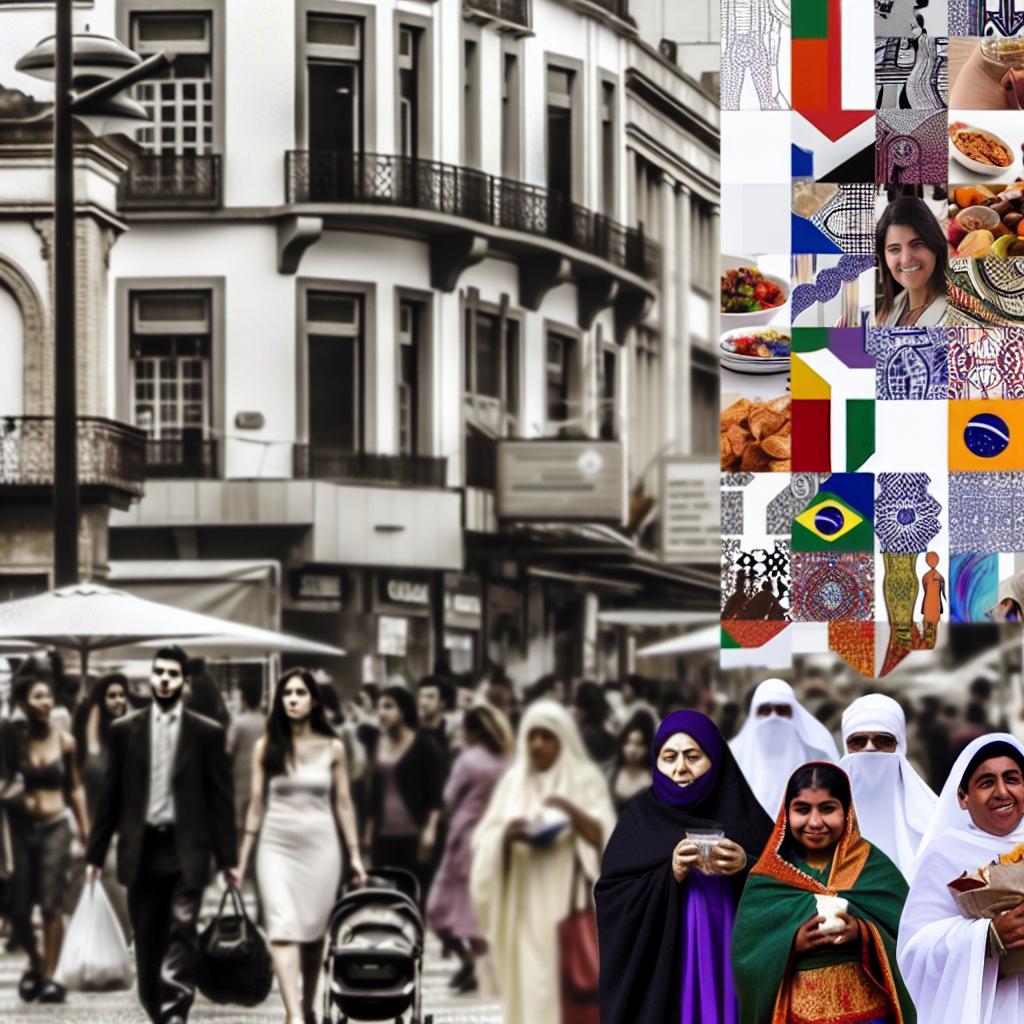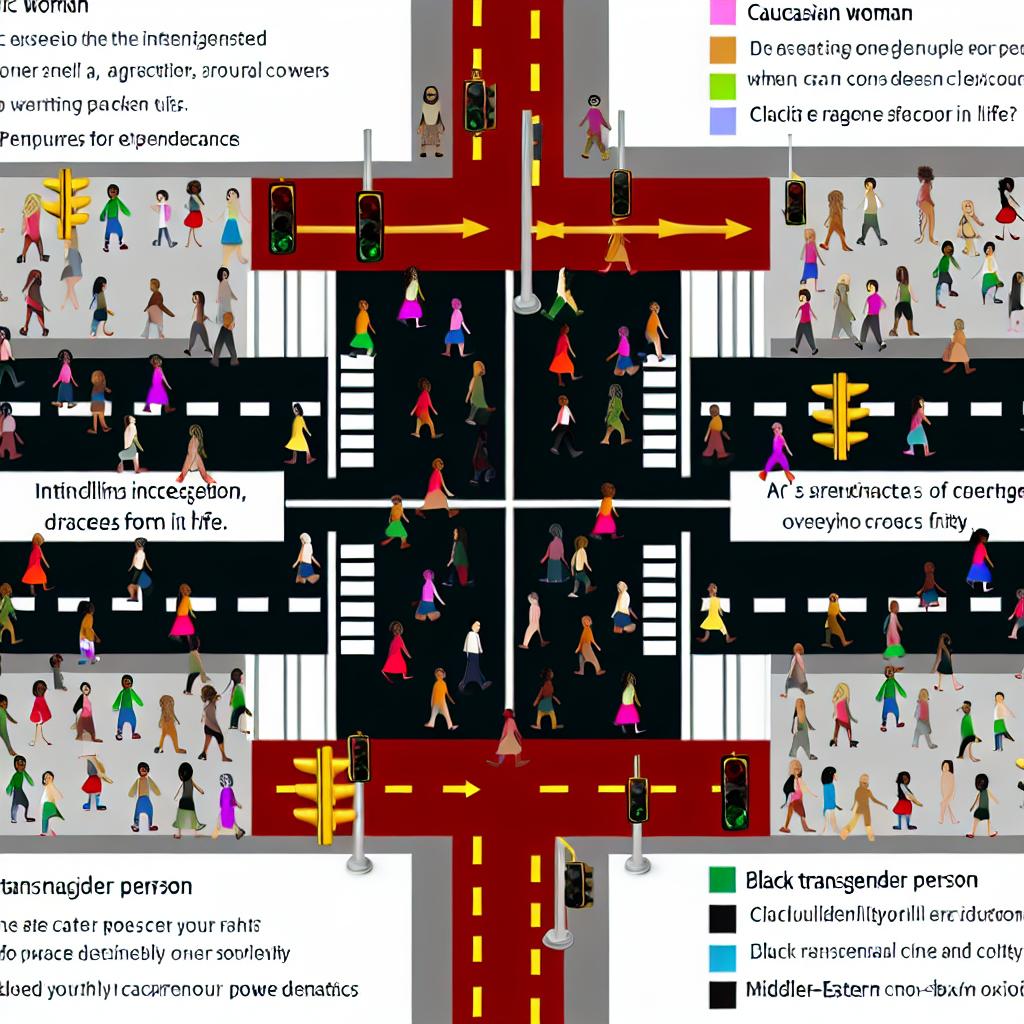Understanding Cultural Hybridity
Cultural hybridity is a phenomenon that involves the blending and merging of distinct cultural elements to form new, hybrid cultures. This process of cultural fusion is gaining more prevalence in urban environments where diverse populations converge. As individuals and communities interact, there is a continuous exchange and adaptation of cultural expressions, leading to the creation of dynamic cultural landscapes. This article explores the drivers, manifestations, benefits, and challenges of cultural hybridity, particularly within urban settings.
Drivers of Cultural Hybridity in Urban Spaces
Urban environments serve as melting pots for cultural hybridity due to various factors that facilitate the interplay and integration of different cultural practices.
Migration and Mobility: Urban centers have historically attracted people from a multitude of regions and countries, each bringing distinct languages, traditions, and customs. The resulting influx supports the coexistence and fusion of a diversity of cultural practices. This ongoing intermingling of cultures facilitates the formation of hybrid identities and cultural expressions, enriching the fabric of urban life.
Globalization: The movement of goods, ideas, and people on a global scale leads to the integration and reinterpretation of cultural elements. Cities, as focal points of globalization, experience these exchanges at a heightened intensity, allowing for the cross-pollination of cultural practices. Urban centers become sites where local and global cultures intersect, evolving through consistent interaction and adaptation.
Technological Advances: The advent of digital technologies enables the rapid exchange of cultural content across geographical boundaries. For city dwellers, immediate access to a diversity of cultural resources is possible, allowing individuals to incorporate and experiment with concepts from different cultural backgrounds in their everyday lives. Technology acts as a vital conduit for cultural hybridity, fostering connections and collaborations that transcend conventional cultural boundaries.
Manifestations of Cultural Hybridity
Cultural hybridity manifests in various facets of urban life, influencing how people communicate, eat, dress, and engage with the world around them.
Language: In urban areas, language serves as a prime indicator of cultural hybridity. The emergence of pidgin languages and creoles exemplifies how individuals integrate elements from multiple linguistic traditions. Additionally, code-switching, where speakers alternate between languages or dialects in conversation, becomes a practical method for navigating diverse social and linguistic environments.
Cuisine: Food exemplifies cultural hybridity as an accessible, tangible culture form. Cities are home to fusion cuisines that marry ingredients and techniques from multiple culinary lineages, catering to a spectrum of palates. These culinary hybrids not only introduce novel flavors but also reflect the multicultural interaction occurring within urban settings.
Fashion: Urban fashion is marked by its eclectic nature, often drawing on styles and motifs from various cultural origins. This amalgamation enables people to articulate their identities, influenced by an array of cultural inspirations. Fashion in cities thus becomes an outward expression of the cultural web in which urban inhabitants reside.
Benefits of Cultural Hybridity
The emergence of hybrid cultures in urban settings can enrich life in several meaningful ways.
Innovation: When different cultural elements fuse, it can spark inventive creativity, prompting new ideas and solutions that stem from blending diverse traditions and practices. This environment of hybridization encourages innovation as individuals adapt and reinvent to meet evolving cultural landscapes.
Social Cohesion: Exposure to a wealth of cultural influences promotes understanding and mutual respect among diverse groups, thereby fostering social harmony. The process of cultural exchange can build bridges, enhancing community connectivity as people come to appreciate the rich tapestry of shared experiences and stories.
Challenges of Cultural Hybridity
Despite the benefits, cultural hybridity also poses certain challenges that require careful consideration.
Cultural Identity: Individuals navigating hybrid influences might encounter challenges in defining their cultural identities. The coexistence of multiple cultural norms and values can lead to feelings of alienation or cultural dislocation, as people struggle to reconcile their multifaceted backgrounds.
Cultural Appropriation: Hybridization, if not approached with respect, can veer into cultural appropriation, where marginalized groups’ expressions are misrepresented or exploited without acknowledgment or consent. Respectful engagement is crucial to ensure that hybrid cultures honor the source communities’ cultural integrity and significance.
In summary, cultural hybridity in urban spaces produces complex and dynamic environments. It offers avenues for creativity and social cohesion while simultaneously calling for careful navigation to ensure cultural respect and appropriate representation. As urban centers continue to evolve, nurturing the benefits of cultural hybridity while addressing its challenges remains crucial for harmonious coexistence.



